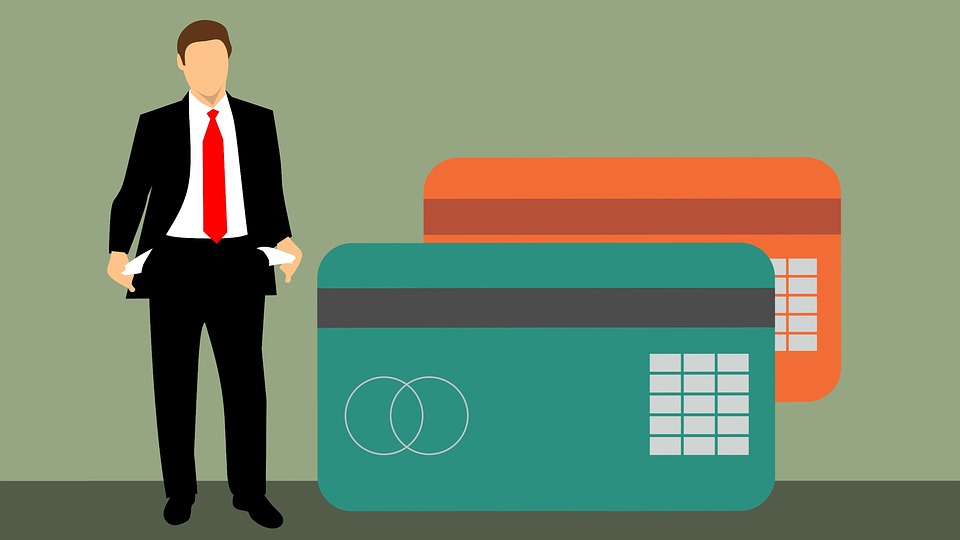As we money nerds are all keenly aware, having a good credit score can be an invaluable tool in your overall financial toolkit. We’ve previously written about surefire ways to mess up your credit score. Today we will take the opposite approach – let’s flex our credit score-building muscles with a top five list that can change your credit score for the better – and potentially your financial future.
1. Know where you stand. Potential impact: depends
First things first, it’s well worth your time to get a grasp on where you stand before devising your personalized plan to improve your credit score. Start by checking your full credit report at annualcreditreport.com. You are entitled to receive your full credit report from each of the three major credit bureaus (Transunion, Experian, Equifax) annually. You won’t see your score on these reports, but you will have a clear picture of where you stand.
Review the report with a fine-tooth comb, paying particular attention to any false information (places of employment, home addresses, unknown issuers of credit, incorrect credit balances, etc.) and dispute any inaccurate information directly with the credit reporting bureaus immediately.
Take stock of how much you owe, to whom, and the payment status of each account. Move on to item 2.
2. Get current on all accounts. Potential impact: 35% of overall score affected
Now that you know what your credit picture looks like, it’s no longer the scary unseen monster that will keep you paralyzed and prevent you from taking decisive, meaningful action.
Create a plan of attack. List out each credit account, whether or not it’s current, the balance, the interest rate, the creditor (and the creditor’s relevant information), and any important notes. A common rule of thumb is to get current on all late accounts first. True, late payments stay on your credit report as a derogatory mark for seven years, but accounts with a longer delinquency have a much more severe negative impact than shorter term delinquent accounts. For example, an account that has a missed payment of 30-days late receives a less impactful red mark than an account with a 120-day missed payment. So, if possible, get current on all accounts.

3. Choose your credit payment strategy. Potential impact: 30% of overall score affected
Some people prefer the “debt snowball strategy” made popular by a guy named Dave in Tennessee. This can be an effective way to pay off a laundry list of outstanding credit cards and may be motivating if you want to see quick wins. In this strategy, list your credit accounts in order of lowest balance to highest balance, and pay the bare monthly minimum on each account except the lowest balance account. You pay as much as you possibly can on the lowest balance account until it’s paid off, then you add the full amount you were paying on that account to the minimum monthly payment you were making on the next highest balance account, and attack it with a vengeance until it’s paid off in full. Rinse and repeat until all credit accounts are paid off in full. This provides momentum for those who need to see progress in order to stay on track.
The money nerd purists are probably throwing things at their screens right now. How dare we list the debt snowball first about the mathematically superior “debt avalanche” payoff method? Calm down, hoss. Put down your Texas Instruments BA II Plus Professional Financial Calculator and read on. The debt avalanche method of debt payoff is likely a more effective way to pay off a list of outstanding debts, since you are listing your debts out from highest interest rates to lowest. By attacking the highest rate debt first, you will minimize the total interest paid over the duration of your debt payoff journey. If you are able to stick to it, the debt avalanche method is definitely the go-to debt payoff plan.
4. Keep accounts open, current, and active. Potential impact: 15% of overall score affected
Once you’re at least current on all outstanding credit accounts, and once you have some/all accounts paid off in full, don’t close them! Keep using them for normal expenses that are already in your regular budget. Keeping a consistent track record of using and paying in full your credit balances will establish you as a low-risk, trustworthy borrower.
5. Open new credit lines intentionally and with caution. Potential impact: 10-20+% of overall score affected
If you are committed to improving your credit score and either have a [poor outstanding balance-to-available credit ratio or you have only one or two different types of credit issued to you, consider opening new credit lines. If you have bad credit, this can be challenging. Look into options for bad credit financing. Yes, your score may take a hit in the short-term from new credit inquiries and applications, but over the long term, you can improve your score by increasing your available credit and your credit types.
Be careful if you go this route. Don’t spend your new credit foolishly. Stick to your mission.
Takeaways and action plan
My dear Stacker, we’ve covered a lot. In order to make the most of your credit in your financial toolkit, get that score sky high. Get a grasp on where you stand. Get current on all accounts. Pay off outstanding balances like a boss. Stay current. Diversify your credit lines. Stick to your plan. Stack Benjamins.


Leave a Reply